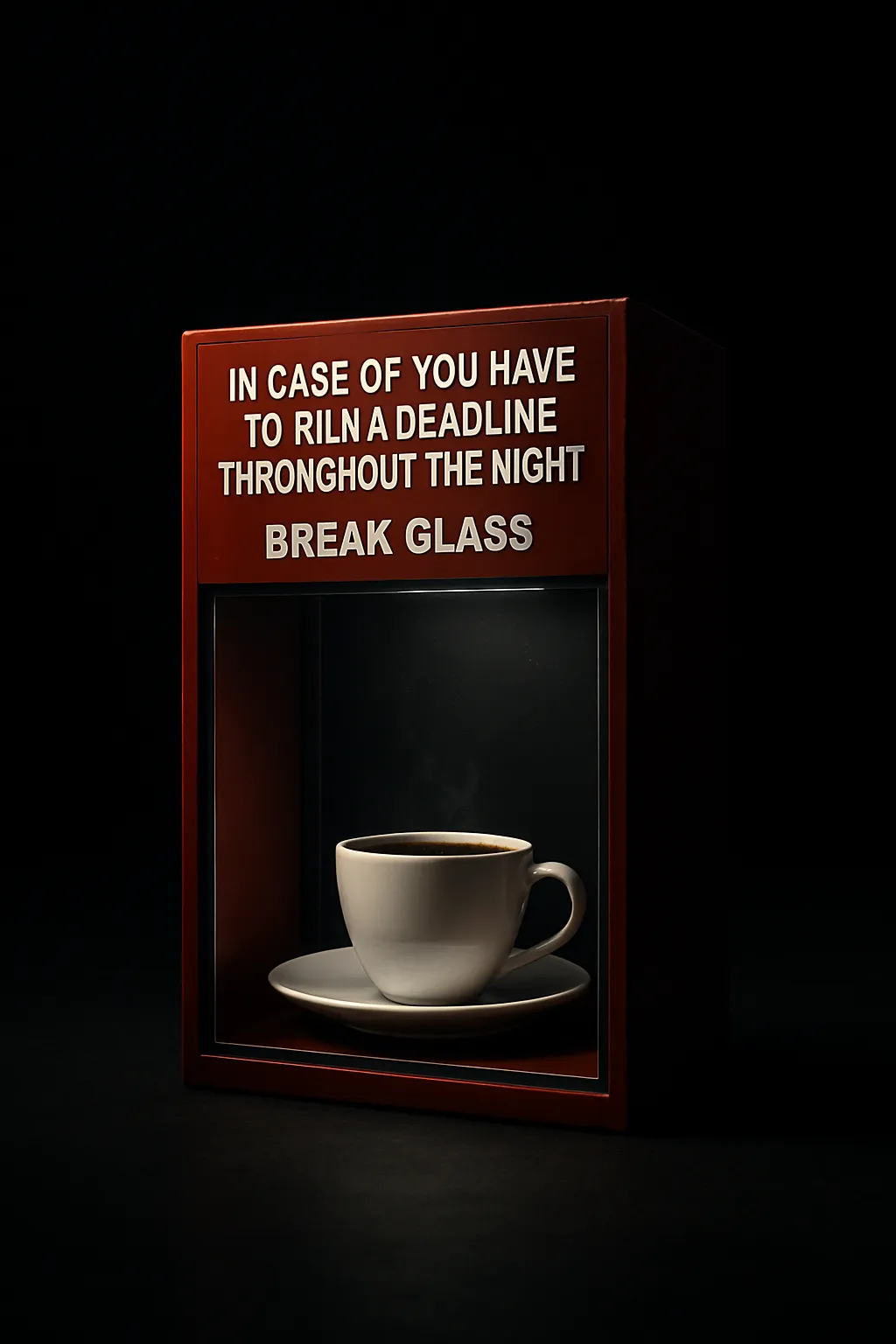Certainly! Here is a gentle, compassionate 7-day emotional healing plan tailored to support you in reconnecting with yourself, finding calm, and nurturing emotional resilience. Each day includes a short meditation, a soothing podcast episode, a calming music recommendation, and a gentle healing activity—all accessible and kind to your emotional state.
Day 1: Grounding & Gentle Presence
Guided Meditation:
Insight Timer app – “Basic Mindfulness Meditation” by Jack Kornfield (~13 min)
Insight Timer
Podcast:
The Calm Collective – Episode: “Allowing Yourself to Feel”
Available on Spotify, Apple Podcasts, or here
Music:
“Weightless” by Marconi Union (ambient, deeply relaxing instrumental)
Gentle Healing Activity:
Write down 3 simple things you notice around you right now (colors, textures, sounds). This is a grounding exercise to bring you gently into the present moment.
Day 2: Breath & Soothing Awareness
Guided Meditation:
YouTube – “5 Minute Breathing Meditation for Anxiety” by The Honest Guys (~7 min)
Watch here
Podcast:
Untangle – Episode: “How to Build a Mindfulness Practice That Lasts” with Elisha Goldstein (calm and encouraging tone)
Music:
“Dawn” by Dario Marianelli (soft piano instrumental)
Gentle Healing Activity:
Practice 5-5-5 breathing: inhale for 5 seconds, hold for 5, exhale for 5. Repeat 5 times.
Day 3: Self-Compassion & Kindness
Guided Meditation:
Headspace app – “Self-Compassion” meditation (~10 min)
Podcast:
The Liturgists Podcast – Episode: “Self-Compassion and Healing” (soothing and thoughtful)
Music:
“Weightless Part 2” by Marconi Union (ambient, calming)
Gentle Healing Activity:
Write a kind note to yourself. Something you’d say to a dear friend who’s struggling.
Day 4: Embracing Stillness
Guided Meditation:
Calm app – “Body Scan Meditation” (~15 min)
Podcast:
On Being with Krista Tippett – Episode: “Emily P. Freeman on Finding Peace in the Small Things”
Music:
“Night Book” by Ludovico Einaudi (soft piano)
Gentle Healing Activity:
Take a 10-15 minute nature walk, gently noticing sensations—the breeze, your footsteps, the colors around you.
Day 5: Gratitude & Perspective
Guided Meditation:
YouTube – “Gratitude Meditation” by The Mindful Movement (~12 min)
Watch here
Podcast:
The Happiness Lab with Dr. Laurie Santos – Episode: “Simple Hacks for a Happier Life”
Music:
“Weightless Part 3” by Marconi Union (ambient)
Gentle Healing Activity:
Write down 3 things you are grateful for today, no matter how small.
Day 6: Acceptance & Letting Go
Guided Meditation:
Insight Timer – “Meditation for Anxiety and Acceptance” by Tara Brach (~15 min)
Insight Timer
Podcast:
The Daily Meditation Podcast – Episode: “The Art of Letting Go”
Music:
“Opus 55” by Dustin O’Halloran (soothing piano instrumental)
Gentle Healing Activity:
Try a simple gentle yoga stretch or restorative pose (child’s pose or legs up the wall) for 10 minutes.
Day 7: Reconnection & Renewal
Guided Meditation:
Calm app – “Loving-Kindness Meditation” (~15 min)
Podcast:
Meditative Story – Episode: “A New Day” (a gentle, beautiful story paired with mindfulness)
Music:
“Morning Light” by Kevin Kern (soft piano)
Gentle Healing Activity:
Spend some time journaling: Reflect on this week’s experience—what felt helpful? What do you want to carry forward?
Additional Notes:
- Feel free to adjust time based on how you feel each day.
- You can do meditations and podcasts at a time that feels most calming—morning, afternoon, or evening.
- Be gentle with yourself if things don’t feel perfect; this is a journey of small, kind steps.
Wishing you peace and gentle healing on your path. 💛
Inputs used
Healing Plan for People Struggling with Stress or Mental Health
This is a 7-day healing prompt for anyone who is feeling stressed, hurt, or lost within themselves. Combining meditation, music, podcasts, and gentle activities, this journey will help you slowly return to inner peace. Each day is a small step towards deeper self-love and healing.
Prompt body
Similar prompts
Certainly! Here is a gentle, compassionate 7-day emotional healing plan tailored to support you in reconnecting with yourself, finding calm, and nurturing emotional resilience. Each day includes a short meditation, a soothing podcast episode, a calming music recommendation, and a gentle healing activity—all accessible and kind to your emotional state.
Day 1: Grounding & Gentle Presence
Guided Meditation:
Insight Timer app – “Basic Mindfulness Meditation” by Jack Kornfield (~13 min)
Insight Timer
Podcast:
The Calm Collective – Episode: “Allowing Yourself to Feel”
Available on Spotify, Apple Podcasts, or here
Music:
“Weightless” by Marconi Union (ambient, deeply relaxing instrumental)
Gentle Healing Activity:
Write down 3 simple things you notice around you right now (colors, textures, sounds). This is a grounding exercise to bring you gently into the present moment.
Day 2: Breath & Soothing Awareness
Guided Meditation:
YouTube – “5 Minute Breathing Meditation for Anxiety” by The Honest Guys (~7 min)
Watch here
Podcast:
Untangle – Episode: “How to Build a Mindfulness Practice That Lasts” with Elisha Goldstein (calm and encouraging tone)
Music:
“Dawn” by Dario Marianelli (soft piano instrumental)
Gentle Healing Activity:
Practice 5-5-5 breathing: inhale for 5 seconds, hold for 5, exhale for 5. Repeat 5 times.
Day 3: Self-Compassion & Kindness
Guided Meditation:
Headspace app – “Self-Compassion” meditation (~10 min)
Podcast:
The Liturgists Podcast – Episode: “Self-Compassion and Healing” (soothing and thoughtful)
Music:
“Weightless Part 2” by Marconi Union (ambient, calming)
Gentle Healing Activity:
Write a kind note to yourself. Something you’d say to a dear friend who’s struggling.
Day 4: Embracing Stillness
Guided Meditation:
Calm app – “Body Scan Meditation” (~15 min)
Podcast:
On Being with Krista Tippett – Episode: “Emily P. Freeman on Finding Peace in the Small Things”
Music:
“Night Book” by Ludovico Einaudi (soft piano)
Gentle Healing Activity:
Take a 10-15 minute nature walk, gently noticing sensations—the breeze, your footsteps, the colors around you.
Day 5: Gratitude & Perspective
Guided Meditation:
YouTube – “Gratitude Meditation” by The Mindful Movement (~12 min)
Watch here
Podcast:
The Happiness Lab with Dr. Laurie Santos – Episode: “Simple Hacks for a Happier Life”
Music:
“Weightless Part 3” by Marconi Union (ambient)
Gentle Healing Activity:
Write down 3 things you are grateful for today, no matter how small.
Day 6: Acceptance & Letting Go
Guided Meditation:
Insight Timer – “Meditation for Anxiety and Acceptance” by Tara Brach (~15 min)
Insight Timer
Podcast:
The Daily Meditation Podcast – Episode: “The Art of Letting Go”
Music:
“Opus 55” by Dustin O’Halloran (soothing piano instrumental)
Gentle Healing Activity:
Try a simple gentle yoga stretch or restorative pose (child’s pose or legs up the wall) for 10 minutes.
Day 7: Reconnection & Renewal
Guided Meditation:
Calm app – “Loving-Kindness Meditation” (~15 min)
Podcast:
Meditative Story – Episode: “A New Day” (a gentle, beautiful story paired with mindfulness)
Music:
“Morning Light” by Kevin Kern (soft piano)
Gentle Healing Activity:
Spend some time journaling: Reflect on this week’s experience—what felt helpful? What do you want to carry forward?
Additional Notes:
- Feel free to adjust time based on how you feel each day.
- You can do meditations and podcasts at a time that feels most calming—morning, afternoon, or evening.
- Be gentle with yourself if things don’t feel perfect; this is a journey of small, kind steps.
Wishing you peace and gentle healing on your path. 💛











